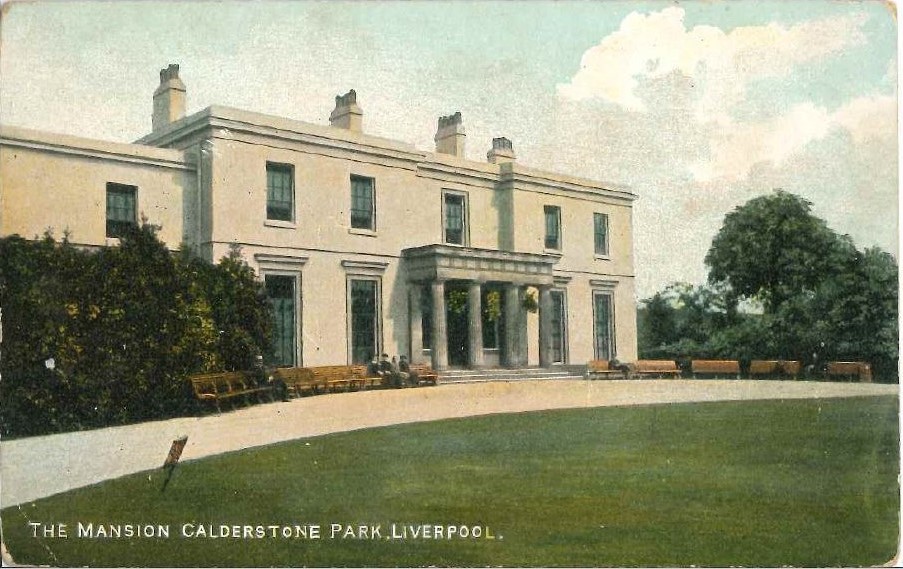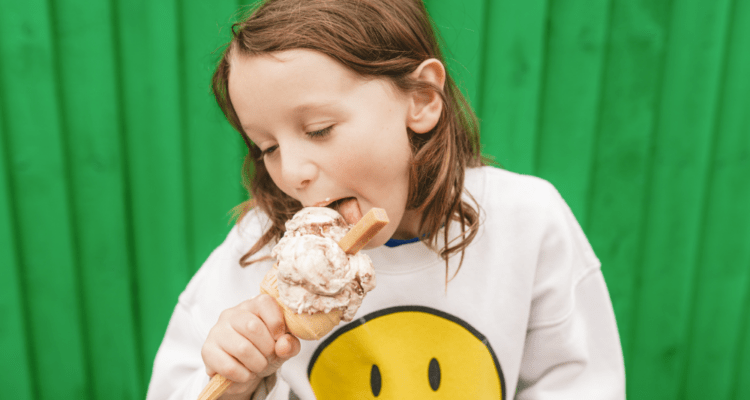Turkish carpets, geometric tables and a candelabra: what was inside the 19th Century Mansion House?
Next in series of articles exploring Calderstones' rich history, Heritage Coordinator Holly Gilson investigates what kind of furniture might have been in the Mansion House when it was built.

When The Reader arrived at Calderstones in 2012, the Mansion House had been increasingly empty for several years, as Liverpool City Council’s teams moved out – ending their long occupation since 1902, when the building first became public property. It’s a long time now since the house was a home, and it’s hard to imagine how the seven reception rooms, two halls, and sixteen bedrooms would have looked when they were lived in by a family. How would they have been decorated, and what sort of furniture would have been inside?
The house was built at the end of the Georgian period. The outside of the house, with its clean lines and Doric columns, is a good example of the late Georgian taste for fashions inspired by the classical world of ancient Greece and Rome. Though we have no records of the décor inside the Mansion at this time, when the first owners of the house - the Need Walkers - moved in, paintwork and upholstery in pea green, sky blue, soft grey and stone would have been considered fashionable, and furniture often avoided elaborate decoration.
1837 marked the start of the Victorian era and the fashions for interior design began shifting. Victorians loved excess in their interiors, and furnished their rooms with an eclectic mix of decoration and ornaments. And our archive does hold some clues about what the inside of the house was like in the Victorian period. We have found an advert, printed in the Liverpool Mercury newspaper in 1873, which is publicizing an auction of furniture from the house, following the death of its first owner, Joseph Need Walker.
The advert contains a long list of extravagant furniture for sale, including classical clocks, a semi-grand piano forte, solid oak bookcases, Turkish carpets, geometric tables with inlaid colored marble tops, rosewood bookcases with glass doors, a candelabra, expensive curtains, console tables, large mirrors, a billiard table, conservatory plants and ornamental vases. This list makes it easy to imagine that at this time the Need Walkers house was opulent and perhaps cluttered, following the Victorian fashion for busy interiors.
Another Victorian fashion was to display collections of natural or cultural history, to demonstrate your learning and intelligence to visitors. The auction advert suggests the Need Walkers were no strangers to this, listing the following items for sale:
- "high class paintings by the best men of the Spanish and Continental schools”
- “a selection of the extremely valuable library”
- A “magnificent Florentine marble vase on lofty pedestal”
- “life size busts in statuary marble”
- “Groups copied in alabaster from the Vatican, Louvre and Munich galleries”
- “cases of large size containing rare British birds”
- “cabinets of the choicest minerals”
Whilst in some ways it is a shame that we can’t see this original furniture in the house still, there are some advantages to this. As the antique furniture in the house today has no special historic significance, you are welcome to use it as you would the furniture in your own home - creating a homely experience where everyone feels comfortable and welcome. We hope that when you visit the Mansion House it feels as homely to you as it did to the Need Walkers when they lived here.
Share
Related Articles

Open Air Cinema and Theatre FAQ’s
If you were able to snap up tickets to our Open Air programme this summer, check below for any queries…

New Liverpool open air cinema brings movies to the Mansion
NEW FOR 2025: Eight handpicked films will hit the big screen in Calderstones Park this summer as national Shared Reading…

A breath of fresh air! This summer’s outdoor and cultural events at our Calderstones Park home
The Reader serves up a giant scoop of summer arts and entertainment from three special summer garden parties with special…


